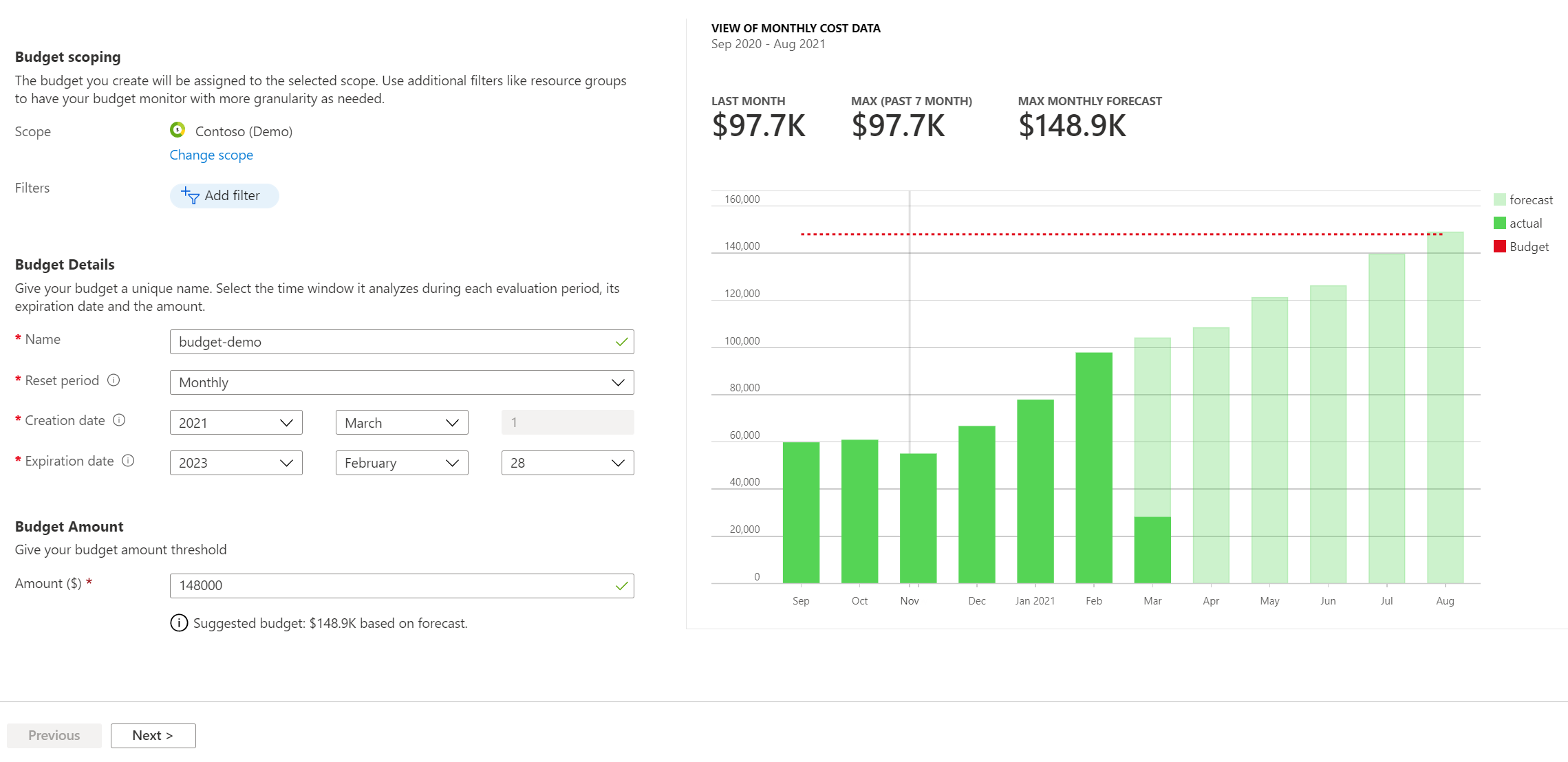January 2, 2023
As businesses increasingly rely on cloud services such as Microsoft Azure, it’s crucial to keep spending under control. Azure is a powerful and flexible platform, but without proper oversight, costs can quickly get out of hand.
One of the key features of public cloud services such as Microsoft Azure is that they are consumption based. This means that customers only pay for the resources that they use, rather than having to make upfront investments in hardware and infrastructure. While this can provide significant cost savings, it’s important to carefully manage and optimise cloud spending to ensure that costs don’t get out of control
One way to ensure that Azure spending stays within budget is to have a regular check-in with an IT provider who is certified in Azure. This provider can help identify areas of unnecessary spending and recommend cost-saving strategies.
For example, let’s say a company is using Azure Virtual Machines (VMs) for testing and development purposes. These VMs may not be in use 24/7, but the company is paying for them to run continuously. An IT provider can set up auto-shutdown schedules for these VMs to ensure that they are only running when needed, resulting in significant cost savings.
Another common issue with Azure spending is the use of underutilised resources. This can happen when a company overestimates its resource needs and ends up paying for more than it actually uses. An IT provider can monitor resource utilisation and recommend adjustments to ensure that the company is only paying for what it needs.
It’s also important to regularly review and optimise resource usage to ensure that the company is getting the most value out of its Azure investments. This can involve analysing usage patterns, identifying idle resources, and finding ways to optimise resource allocation.
Some additional tips to consider
- Use Azure Cost Management tools to monitor and optimise spending
- Implement spending limits and alerts to prevent overages
- Consider purchasing Azure reservations to get discounted rates on long-term commitments
- Evaluate the use of Azure Hybrid Benefit, which allows companies to use on-premises licences for Azure services
And consider careful planning around the following
- Networking costs: The cost of networking in the cloud can vary significantly depending on the number of resources and the amount of traffic. It’s important to carefully plan and optimise networking to ensure that costs are kept under control.
- Data transfer costs: In addition to ingress and egress traffic, there may be additional costs for transferring data between different regions or between different cloud providers. It’s important to carefully consider these costs and optimise data transfer as needed.
- License costs: If a company is using software licences in the cloud, it’s important to carefully track and optimise these costs. Some licences may be transferable to the cloud, while others may need to be purchased specifically for cloud use.
By carefully planning and optimising cloud spending, businesses can get the most value out of their cloud investments while keeping costs under control.

